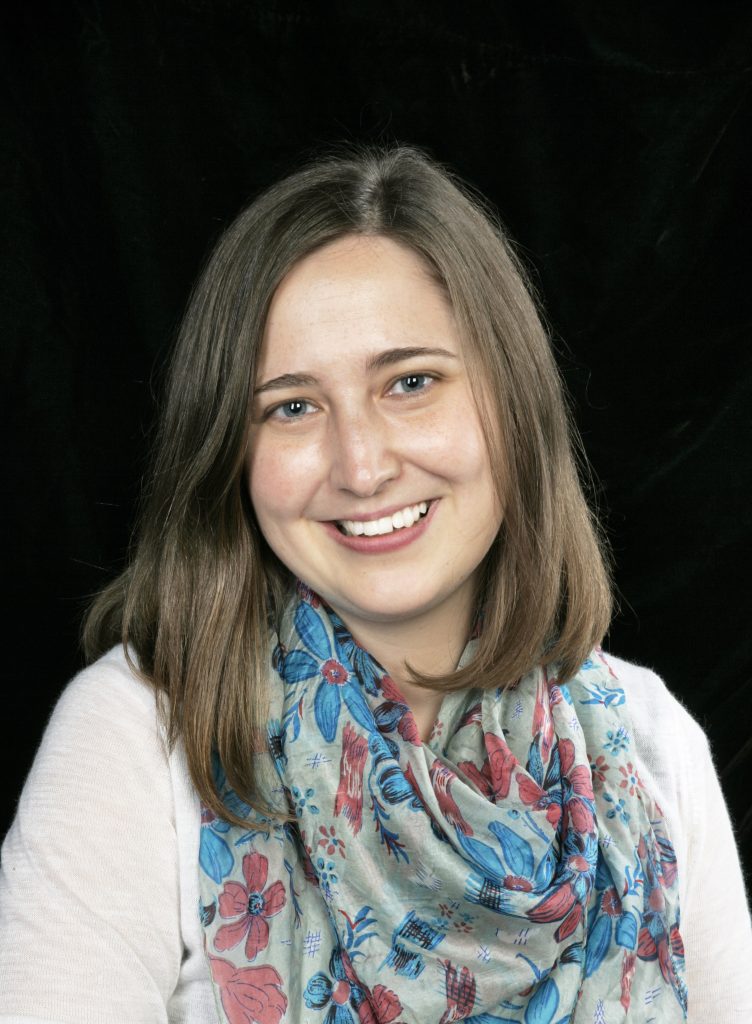In Conversation With Britt Braaten, Creative Development Specialist (Canadian War Museum)
June 4, 2021
Britt Braaten – CWM 2021-0043-0001-Dm
Tell us about your role as a Creative Development Specialist at the War Museum — what does your job involve?
I focus on the visitor experience as part of the exhibition team. An exhibition team is made up of several people, each of whom has different priorities, including keeping artifacts safe, contributing to the field, and meeting deadlines and budgets. My job is to prioritize how the visitor will engage with the experience and what we hope the visitor will take away from it (or get out of it).
I spend a lot of my time thinking about what visitors want and need. This can mean making sure that we meet their needs regarding physical and intellectual accessibility. It can also mean trying to find creative ways of ensuring that our exhibitions exceed their expectations and deliver something unexpected, interesting, important and impactful. As a result, I am involved in nearly all aspects of exhibition development — from the big picture to the tiny details.
The Forever Changed exhibition is currently on display at the War Museum — did the exhibit pose any surprises from a creative development standpoint?
It seems impossible to say that an exhibition that was put on hold just weeks before its planned opening date because of a global pandemic was free of surprises, but, from a creative development standpoint, it was.
The end result, Forever Changed – Stories From the Second World War, is an exhibition that makes me feel very proud. It takes an enormous global event — the Second World War — and presents it through the stories of 47 Canadians. This exhibition reflects the diversity of Canada at that time and, in that way, offers an experience that is relevant to audiences today.
The COVID-19 pandemic will change the way visitors interact with museums — what do you see as the greatest challenge from a creative development standpoint?
Two things — minimizing germ transmission by eliminating touch-based interactivity and working with reduced project budgets due to lost revenue — will make it that much more challenging to adapt or replace interpretive techniques with safe, yet effective approaches to making an exhibition engaging. At the same time, our current situation requires us to explore new ways of thinking creatively.
What advice would you give to a student who is contemplating a career in museology?
I once found myself in this very position, as a law student who was contemplating a career in museology. So, I can speak to what I did in this situation: I decided to follow my passion and, instead of practicing law, I shifted the trajectory of my career completely and completed a Master of Museum Studies. That was the right decision for me. My education gave me an understanding of the historical, cultural and intellectual foundations of museum work. It also opened doors, allowing me to complete an internship at the Immigration Museum in Melbourne, Australia, and setting me on the path to where I am today.